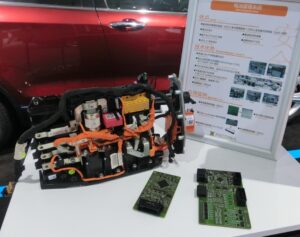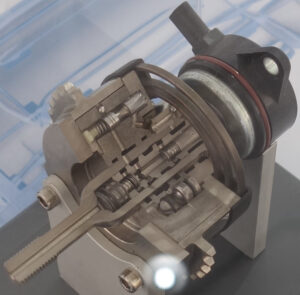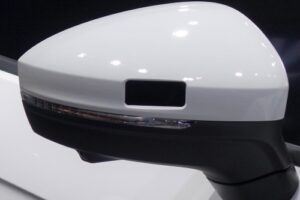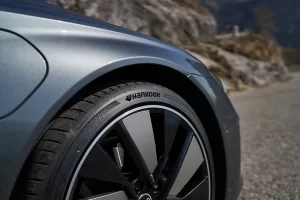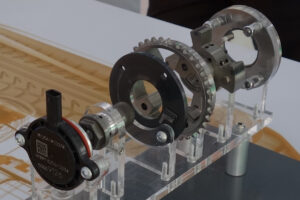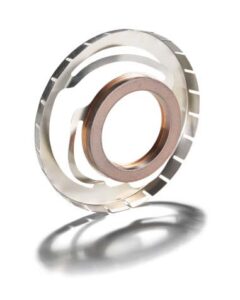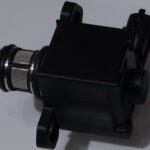
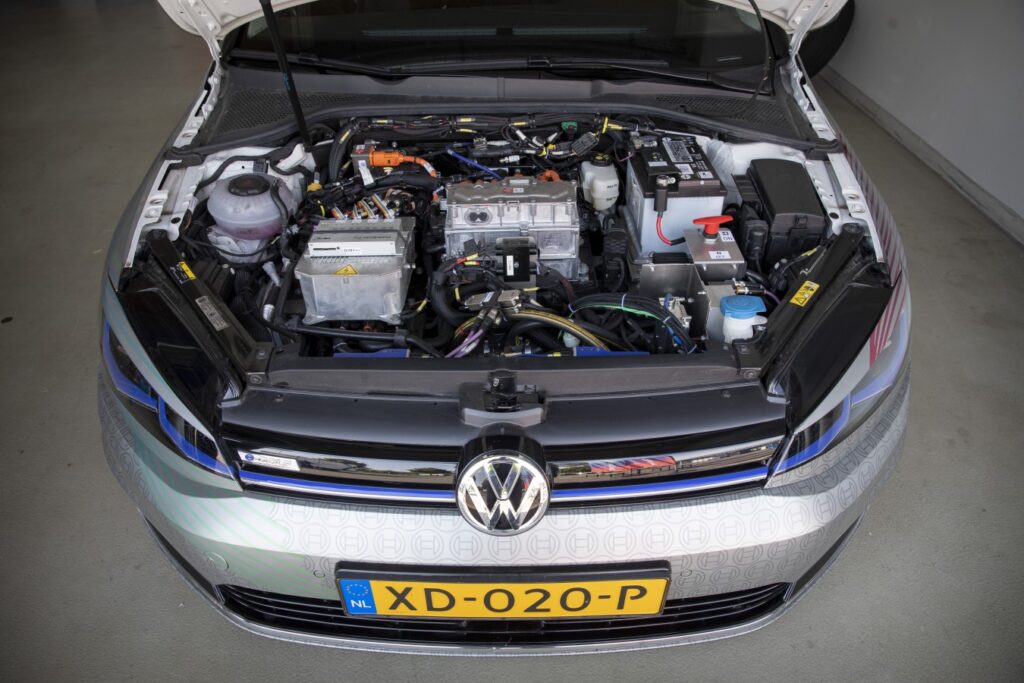
The CVT4EV’s variable gear ratio provides the best possible balance of efficiency and performance. To this end, the system can freely control the speed and torque of the electric motor. At low speeds, a smaller gear ratio improves acceleration and handling characteristics on ascents, while a higher ratio enhances efficiency at higher speeds, as well as increasing top speed. In addition, it provides increased torque when towing and driving off-road, yet with lower energy consumption. Especially at constant speeds, the CVT4EV reduces the vehicle’s energy requirements.
Due to the electric motor’s reduced torque and speed requirements, a cheaper and more compact motor can deliver the same or even better performance. Alternatively, the same motor can achieve a greater range. As a result, manufacturers of electric vehicles can find the optimum balance between battery capacity and range.
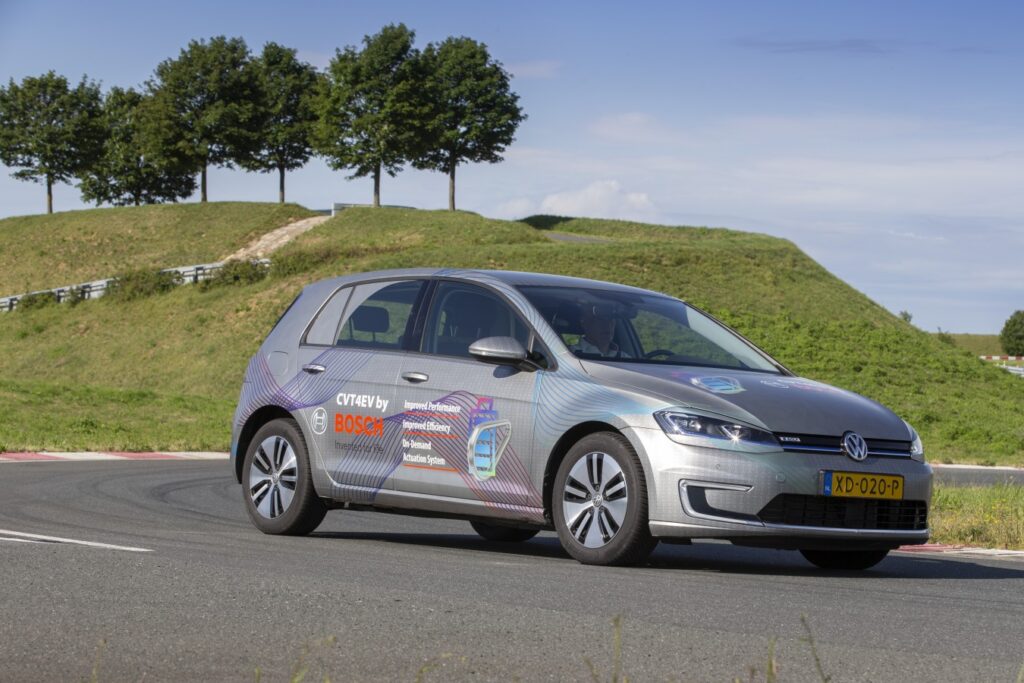
This powertrain solution consists of a CVT4EV module, an inverter, an electric motor, and an axle drive with a ratio adapted to the vehicle. It is suitable for a wide variety of applications, from mid-size cars to sports cars to light commercial vehicles. Since individual software programs can often adapt the powertrains to the respective area of application, fewer hardware variants are needed. This cuts costs in both development and production. The use of CVT4EV also enables different driving modes for different types of vehicles, so carmakers can stand out from the competition by offering their brand’s typical handling in all their vehicle segments. As a result, end users get the driving experience they associate with the respective marque.
Compared to alternative variable solutions for electric vehicles, the CVT4EV offers a greater increase in the torque and engine speed available to the wheels. It also ensures completely smooth shifting without jolts – a must for electric vehicles. In addition, the larger spread of the CVT reduces the speed of the electric motor, resulting in an even smoother and quieter ride.

